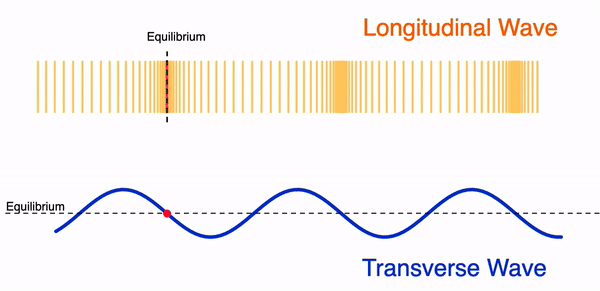In order to help students visualise a wavefront, a 3-D image is usually used to show the imaginary line joining particles in phase. I created the GeoGebra apps below to allow students to change the wavefront and observe it move with time at a constant wave speed. There represent simplified versions of waves on a ripple tank with a linear and circular wavefront.
Linear Wavefront
A wavefront for a linear wave is a straight line that represents points of equal phase, typically generated by a plane wave source. These wavefronts are parallel to each other and move in a uniform direction as the wave propagates.
GeoGebra link: https://www.geogebra.org/m/rbjcszuc
Rotating the first waveform, you can get the displacement-distance profile of a wave, which is basically the cross-section of a 3-D wave.
Circular Wavefront
A wavefront for a circular wave is a continuous line or curve that represents points of equal phase, emanating outward from a central source. In a two-dimensional medium, these wavefronts are concentric circles that expand as the wave propagates away from the source.
GeoGebra link: https://www.geogebra.org/m/axdhtccg
Like this:
Like Loading...
